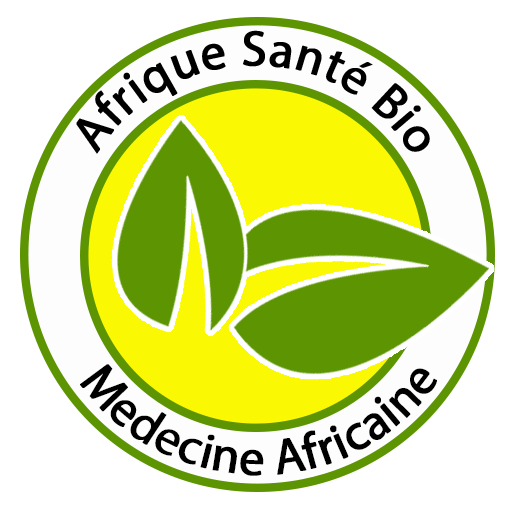BLOCKED TUBES AND RISK FACTORS
- On 09/06/2022
Do you want to put an end to female infertility?
If you want to unclog fallopian tubes naturally, then check out our free ORGANIC remedy.
BLOCKED TRUMPS OR FALLOPIAN TRUMPS
Definition and description, causes-symptoms and prevention tips
What is a fibroid and how does it develop in women?
Uterine fibroids are tumours that are not cancerous at all. It affects many women between the ages of 30 and 45, but the causes are still unknown. Also called myoma, it forms in the myometrium and uterine tissue. It is a hard tumour with a potentially high density, its size can range from a few millimetres to several centimetres. A woman may have one or more fibroids in her uterus, they may remain inconspicuous and without symptoms. Sometimes there is a hereditary predisposition.
Please contact us at http://wa.me//+22967546677
Written and edited by DJIMA Rachidatou on 08/05/2022
Make an appointment with a specialist at
Related Search
How do unclog blocked tubes?
What can block the fallopian tubes in women?,
Is it possible to get pregnant with blocked tubes?,
How to know if the tubes are blocking treatment?,
What are the symptoms of a blocked tube?,
How do you know if you have a tubal problem?,
Which antibiotic to unclog the tubes?
Fallopian tubes illustration
Please contact us at http://wa.me//+22967546677
The causes can also be of hormonal origin, the production of female hormone develops the fibroid. This is why the tumour can disappear without being treated in postmenopausal women in the absence of hormone production. Other risk factors were found to include obesity, infertility, and ethnicity. Women of African descent are more at risk of developing fibroids when they are still young.
Where does this disease come from and what are its bases?
The exact cause of fibroids is unknown, but hormones and growth factors seem to play a role. The growth of fibroids depends on the presence of estrogen and progesterone. Hormonal contraceptives, hormone therapy, and pregnancy hormonestumouraccelerate the growth of fibroids. Most fibroids shrink after menopause.
The following risk factors favour the development of Puerto includes:
- no pregnancy
- First period at a young age
- Frequent periods
- Period pain
- Family history of uterine fibroids
- African descent
- Obesity
- Age (most often between 40 and 50)
- Hypertensiitsabetes
- Abnormal position of the baby in the vaginal canal
- Cesarean delivery
- Premature delivery
- Placenta previa
- Placental abruption
- Premature rupture of membranes
- Intrauterine fetal death
- Please contact us at http://wa.me//+22967546677
How does it manifest in women? (Symptoms)
Fibroids can grow without even causing any symptoms.
Large fibroifavourn causes the following symptoms:
- Heavy menstrual bleeding
- Irregular periods
- Feeling of pressure or pain in the pelvic area
- Need to urinate frequently
- Constipation
- Leg pain or, rarely, swelling
- back pain
- Anaemia due to iron deficiency
These symptoms can be severe enough to interfere with daily activities. For some women, the symptoms caused by fibroids can negatively impact their work, relationships, and sex life.
What are the possible treatment methods?
There are two opportunities to treat fibroids with medication: to eliminate bothersome symptoms or to prepare for and facilitate surgery.
Symptomatic treatment
Three types of drugs are used:
- Progestins act on oedema around the fibroid. They, therefore, do nAnaemiauce its volume or growth but reduce the related inflammation. Progestins are prescribed when the fibroid creates an associated disease of the endometrium: endometrial hyperplasia. That is, the endometrium grows and leads to frequent and troublesome bleeding. The treatment is generally set up for a period of 3 to 6 months. If the problem recurs, the doctor will reassess the action to be taken thereafter;
- Antifibrinolytics such as tranexamic acid: Exacyl, Spotofoedemaon bleeding and can be prescribed occasionally;
- Finally, certain non-steroidal anti-inflammatory drugs (NSAIDs) such as mefenamic acid: Ponstyl can be used to treat pain.
- An iron cure can be prescribed in case of heavy bleeding or haemorrhage.
Please contact us at http://wa.me//+22967546677
Written and edited by DJIMA Rachidatou on 08/05/2022
Make an appointment with a specialist at
